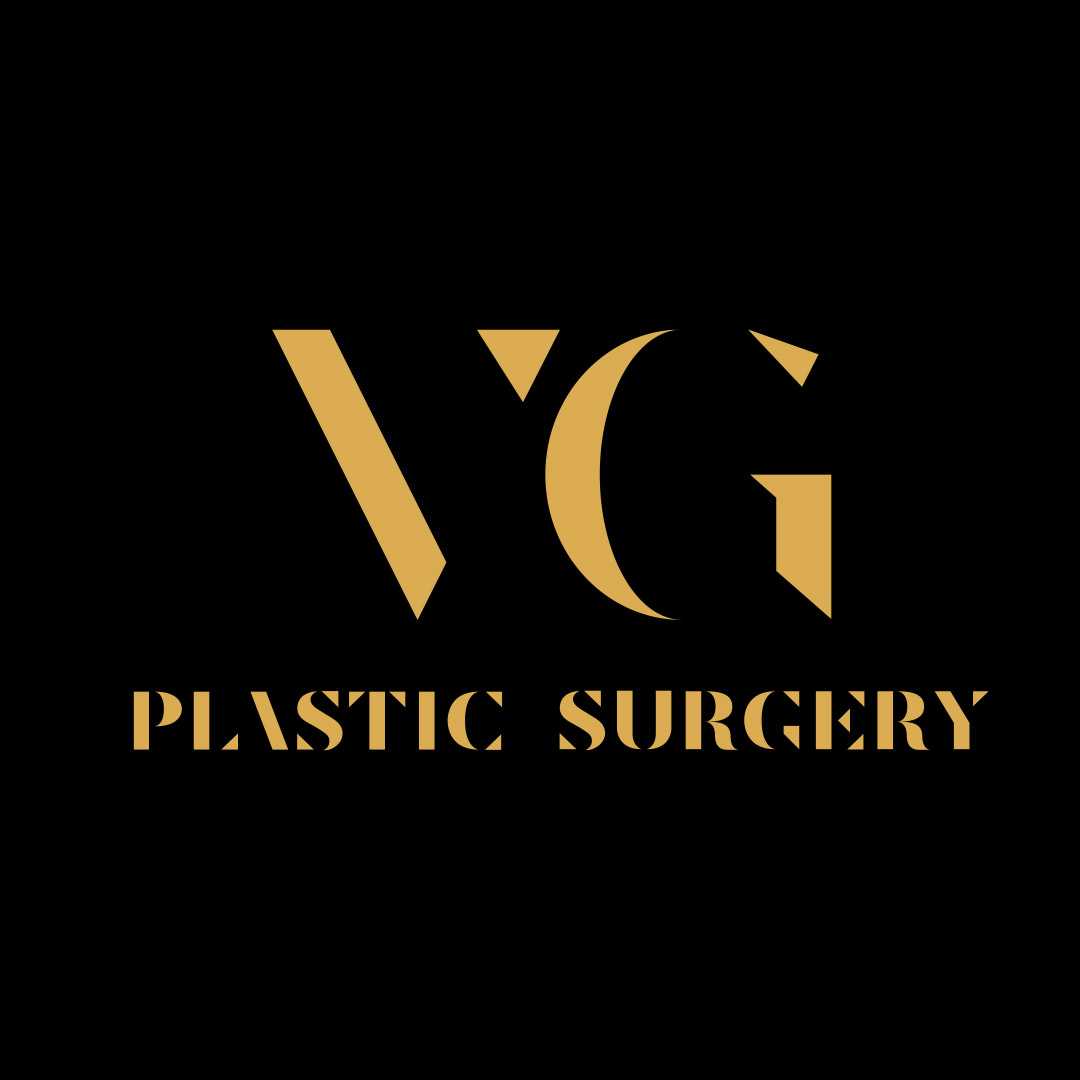How Much Does a Deep Plane Facelift Cost in Gangnam?

Thinking about facial rejuvenation? You've likely heard about the incredible results of the deep plane facelift. And if you're exploring medical tourism, you've almost certainly heard of Gangnam, Seoul's world-renowned hub for plastic surgery. It's a place where expertise and advanced technology meet competitive pricing. But that leads to the big question: exactly how much does a deep plane facelift cost in Gangnam?
The short answer is, it's significantly more affordable than in places like the United States or the UK, but it's not a one-size-fits-all price. The cost is a package deal that reflects a surgeon's skill, the clinic's quality, and the specific goals you have for your procedure. It's a major decision, and understanding the financial side is just as important as understanding the surgical side.
In this guide, we're going to break down everything. We'll answer all the common questions people ask about the cost, what's included, the procedure itself, recovery, and why so many people choose Gangnam for this transformative surgery. Let's get into the details so you can feel confident and informed.
What is a deep plane facelift?
Unlike traditional facelifts that can sometimes create a "wind-swept" or "pulled" look, the deep plane technique is all about restoring your face's youthful contours in a comprehensive way. The surgeon works in a deeper anatomical "plane," releasing key ligaments that tether the facial tissues.
By releasing these ligaments, the surgeon can lift the entire composite flap of skin, muscle, and fat (the SMAS) as a single unit. This allows for a tension-free lift that dramatically improves deep nasolabial folds, sagging cheeks (mid-face), and jowls, all while looking incredibly natural. Because the tension is on the deep muscle layer, not the skin, scarring is often finer and the results are famously durable.
How much does a deep plane facelift in Gangnam cost?
This price is significantly lower than in the United States, where the same procedure can easily cost $25,000 to $40,000 or more. The competitive pricing in Seoul is not a reflection of lower quality but rather the high volume of procedures, lower overhead costs, and intense competition among hundreds of elite clinics in the Gangnam district.
When getting a quote, it's crucial to ask what's included. A reputable clinic's price quote for a deep plane facelift in Gangnam will typically cover:
- The surgeon's fee (the main part of the cost)
- Anesthesiologist's fee
- Operating room and facility costs
- All pre-operative tests (blood work, EKG)
- All post-operative follow-up appointments
- Post-surgery medications and dressings
- De-swelling treatments (like light therapy)
- An English-speaking translator or coordinator
Things that are usually *not* included are your flight, accommodation, and personal expenses during your stay.
Deep Plane Facelift Cost in Gangnam vs. Other Countries (Table)
| Country / Region | Average Estimated Cost (USD) | Key Notes |
|---|---|---|
| Gangnam, South Korea | $8,000 - $18,000 | High concentration of expert surgeons; price is highly competitive. |
| United States | $25,000 - $40,000+ | Prices vary dramatically by city and surgeon's reputation. |
| United Kingdom | £15,000 - £30,000+ | Equivalent to $18,000 - $35,000+ USD. |
| Turkey | $6,000 - $12,000 | Often sold in "all-inclusive" packages with hotels. |
| Thailand | $7,000 - $15,000 | Another popular medical tourism spot with experienced surgeons. |
What factors influence the final cost?
- The Surgeon's Expertise: This is the biggest factor. A world-renowned "star" surgeon in Gangnam who specializes in deep plane facelifts and has decades of experience will charge more than a general plastic surgeon. You are paying for their skill, artistry, and safety record.
- The Clinic's Reputation: A large, prestigious clinic in the most expensive part of Gangnam with state-of-the-art facilities, extensive post-op care programs, and a large support staff (including in-house translators) will have higher facility fees.
- The Extent of the Surgery: Your procedure is unique. If you are only addressing the mid-face and jowls, the cost will be lower. If you are combining the deep plane facelift with a neck lift (which is very common), eyelid surgery (blepharoplasty), or a forehead lift, the price will increase with each added procedure.
Why is Gangnam so famous for plastic surgery?
South Korea has one of the highest rates of plastic surgery per capita in the world. This has created a hyper-competitive market where surgeons must innovate and produce exceptional results to stand out. Surgeons in Gangnam perform these procedures daily, leading to a level of specialization and technical refinement that is hard to match. The culture also places a high value on aesthetics, meaning the standards for "good" results are incredibly high.
Deep Plane Facelift vs. SMAS vs. Mini Facelift: What's the difference?
- Mini Facelift: Best for younger patients (40s) with early jowling and minimal skin laxity. Involves shorter incisions, less downtime, but less dramatic and shorter-lasting results.
- SMAS Facelift: The "traditional" facelift. The surgeon lifts the skin and then tightens the underlying SMAS layer, often by folding it over on itself (plication) or removing a strip. It's a very effective procedure but doesn't address the mid-face (cheeks) as well as a deep plane lift.
- Deep Plane Facelift: The most advanced technique. By lifting the skin and SMAS together as one unit, it repositions sagging cheek fat pads and completely smooths the jawline and neck. The results are considered the most natural and are the longest-lasting, often 10-15 years.
Who is a good candidate for a deep plane facelift?
You are likely a good candidate if you:
- Are in good overall health and can undergo anesthesia.
- Are a non-smoker (or are willing to quit at least 4-6 weeks before and after surgery), as smoking severely impairs healing and increases risks.
- Have realistic expectations about the outcome.
- Are bothered by sagging that fillers and other non-surgical treatments can no longer correct.
How long do the results of a deep plane facelift last?
What is the recovery timeline for a deep plane facelift?
Here is a typical week-by-week recovery breakdown:
- Day 1-3: This is the most difficult phase. You will be resting with your head elevated. Swelling and bruising will peak during this time. You will have bandages and possibly drainage tubes, which are usually removed on day 1 or 2.
- Week 1 (Days 1-7): You will be focused on rest. Swelling and bruising are significant. You will attend a follow-up appointment to have stitches removed (usually around day 7). You can do very light walking, but no strenuous activity.
- Week 2 (Days 8-14): A major turning point. Swelling and bruising begin to rapidly fade. Most patients feel much more comfortable and can go out for short errands wearing sunglasses and a hat. You will likely be cleared to resume light daily activities.
- Weeks 3-4: You are "socially presentable." Most of the visible bruising is gone, and while you'll still have residual swelling (that you will notice, but others may not), you can return to work and social activities. You can typically resume light exercise (with your surgeon's permission).
- Months 2-6: The final results take shape. The last bits of swelling will disappear, and your incision lines will continue to fade and soften. Numbness will gradually resolve, and your face will feel completely natural.
What are the risks and potential complications?
The most feared complication is damage to the facial nerves, which control your facial expressions. The deep plane technique requires the surgeon to work very close to these nerves. This is precisely why choosing an expert surgeon with extensive experience in this specific procedure is non-negotiable. While temporary numbness and some temporary weakness are common and resolve during healing, permanent damage is exceedingly rare in the hands of a specialist.
What kind of anesthesia is used?
Where will the scars be?
Korean plastic surgeons are known for their meticulous incision and suturing techniques, resulting in scars that are typically very fine and fade to be nearly invisible over time. Following your surgeon's post-op scar care instructions (like avoiding sun exposure) is critical for the best result.
How do I prepare for surgery in South Korea?
Your clinic in Gangnam will provide you with a detailed pre-operative guide. This will include:
- A list of all medications and supplements to avoid.
- Instructions for fasting (no food or drink) the night before surgery.
- Packing suggestions (e.g., button-down shirts that you don't have to pull over your head).
- Coordinating your arrival time for pre-op tests and your final consultation.
What should I ask during my consultation in Gangnam?
Other essential questions include:
- Are you a board-certified plastic surgeon?
- Will you (the surgeon) be performing the entire operation?
- What are the specific risks I should be aware of?
- What does the post-operative care plan look like?
- What is the clinic's policy for revisions if I am not satisfied or have a complication?
- Who will be my main point of contact (and translator) after the surgery?


.png)







.png)






Share this listing